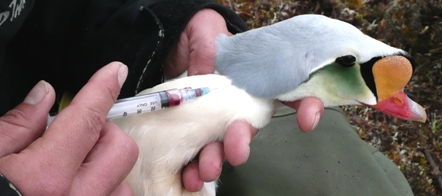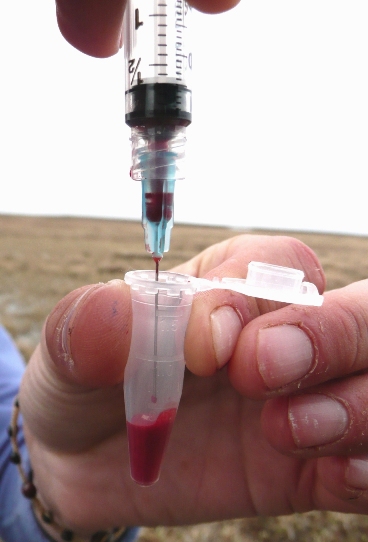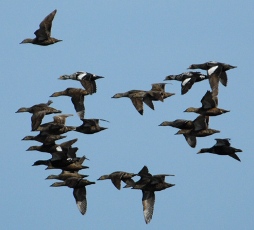
Arrival time on breeding grounds can have fitness consequences for migratory birds, with individuals arriving earlier often being able to secure higher quality resources. Determining the arrival time of individuals is thus of interest in many ecological studies.
In most field situations it is very difficult to estimate when exactly birds arrive. If birds arrive on breeding grounds after migrating in an environment that differs isotopically, it is possible to use stable carbon isotope ratios in blood to assess the arrival time of birds to a new habitat.

